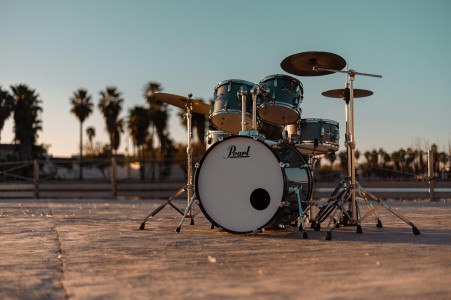In a world that is increasingly filled with noise, the quest for peace and quiet has led many individuals to seek out effective solutions for sound reduction. Noise-cancelling earplugs have emerged as a popular choice for those looking to block out unwanted sounds, whether in bustling cities, during travel, or even in the comfort of their own homes. These innovative devices not only provide a reprieve from the cacophony of everyday life but also enhance focus and promote better sleep. Understanding the mechanics behind noise-cancelling earplugs can help users select the right pair for their specific needs.
Noise-cancelling earplugs work by utilizing a combination of passive and active noise cancellation technologies. Passive noise cancellation involves the use of materials that physically block sound waves from entering the ear canal. This is typically achieved through dense foam or silicone materials that conform to the shape of the ear. Active noise cancellation, on the other hand, uses microphones to pick up external sounds and generate sound waves that are the exact opposite, effectively canceling out the noise. This dual approach allows for a more comprehensive sound-blocking experience.
The design of noise-cancelling earplugs is crucial for their effectiveness. Many models are ergonomically designed to fit snugly within the ear, ensuring maximum comfort during extended use. The choice of materials also plays a significant role in their performance. For instance, silicone earplugs tend to be more durable and reusable, while foam options are often disposable but provide excellent passive noise reduction. Understanding these design elements can guide users in selecting earplugs that will be both comfortable and effective.
Comfort is a key consideration when choosing noise-cancelling earplugs, especially for individuals who plan to wear them for long periods. Ill-fitting earplugs can cause discomfort and may even lead to ear infections if they are not properly maintained. It is essential to choose a pair that fits well and does not cause irritation. Some brands offer customizable options that allow users to mold the earplugs to the unique shape of their ears, enhancing both comfort and effectiveness.
Another important aspect to consider is the noise reduction rating (NRR) of earplugs. The NRR indicates how much sound the earplugs can block out, measured in decibels (dB). A higher NRR means better sound reduction capabilities. For instance, earplugs with an NRR of 30 dB can significantly lower the volume of surrounding noise, making them ideal for sleep, study, or travel. Users should assess their noise environment and select earplugs with an appropriate NRR for their specific needs.
The versatility of noise-cancelling earplugs is another appealing factor. They are not only beneficial for sleep and study but also for activities such as flying, attending concerts, or working in loud environments. Many users find that they can concentrate better when they are not distracted by external noise, leading to improved productivity. This adaptability makes noise-cancelling earplugs a valuable tool for a wide range of situations.
For those who travel frequently, noise-cancelling earplugs can be a game-changer. Airplane cabins are notoriously noisy, and the constant hum of engines can be quite disruptive. Wearing earplugs can help travelers relax and even sleep during flights, making the journey more enjoyable. Additionally, they can be useful in hotels or other accommodations where outside noise may disturb rest.
Maintenance of noise-cancelling earplugs is essential for ensuring their longevity and effectiveness. Foam earplugs are typically designed for single use, while silicone or rubber earplugs can be cleaned and reused. Regular cleaning helps to prevent the buildup of bacteria and wax, which can compromise their performance. Users should follow the manufacturer’s guidelines for cleaning and storage to maximize the lifespan of their earplugs.
Despite their benefits, some users may experience discomfort or a feeling of pressure when using noise-cancelling earplugs. This can be particularly true for individuals who are not accustomed to wearing earplugs regularly. It is advisable to gradually acclimate to wearing them, starting with shorter periods and increasing the duration as comfort improves. Additionally, experimenting with different brands and styles can help users find the most suitable option for their ears.
The importance of noise-cancelling earplugs extends beyond personal comfort. They can significantly impact mental health by reducing stress levels associated with excessive noise exposure. Chronic noise can lead to anxiety, sleep disturbances, and even long-term health issues. By investing in quality noise-cancelling earplugs, individuals can take proactive steps toward creating a more peaceful and productive environment.
In summary, noise-cancelling earplugs serve as an essential tool for anyone seeking to minimize unwanted noise in their daily lives. With various designs, materials, and noise reduction ratings available, users can find the perfect fit for their needs. Future research could focus on advancements in noise-cancellation technology, enhancing comfort, and exploring the psychological benefits of reduced noise exposure. As our understanding of sound and its effects on well-being continues to evolve, noise-cancelling earplugs will undoubtedly play a pivotal role in fostering tranquility in our increasingly noisy world.

